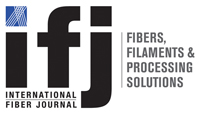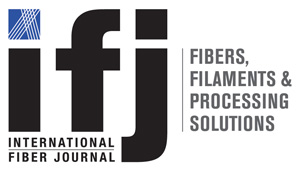Coating
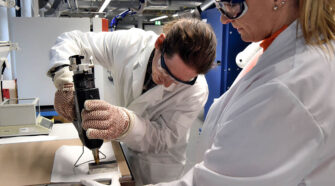
Coatings: Biopolymers from Bacteria Protect Technical Textiles
Textiles for technical applications often derive their special function via the application of coatings. This way, textiles become, for example, wind and waterproof or more resistant to abrasion. Usually, petroleum-based …


Conductive Textiles
Development of Electrically Conductive Polyester Yarn by Surface Modification for Smart and Technical Textiles Until textiles take their place in our lives, it involves many complex and long processes such …
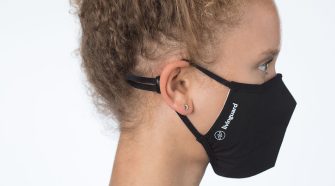

Coatings & treatments for PPE and protective apparel
Coatings and treatments at the fiber level are primarily utilized as a process aid. These ingredients can be used to heat stabilize the fiber while it is spun and stretched. …
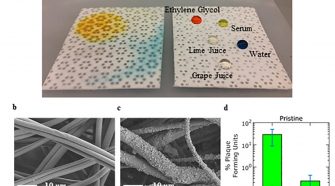

Student Spotlight: Reusable textiles for liquid and virus repellency
Anthony John Galante is pursuing a Ph.D. in Industrial Engineering at the University of Pittsburgh, where he is conducting research on microbe repellent surfaces at the Lab for Advanced Materials …


New biocide for coating fibers to create antimicrobial textiles
A Finnish company has developed an antimicrobial technology designed to eradicate highly resistant and dangerous pathogens, including the top five on the World Health Organization’s list of dangerous bacteria.
The new Nolla technology is also applicable for fiber coating, explained Jyri Nieminen, chief executive officer of Nolla Antimicrobial.
The technology is based on ionic silver, which is the most potent antimicrobial form of silver. An intelligent polymer carrier is used to preserve and deliver the silver ions.
